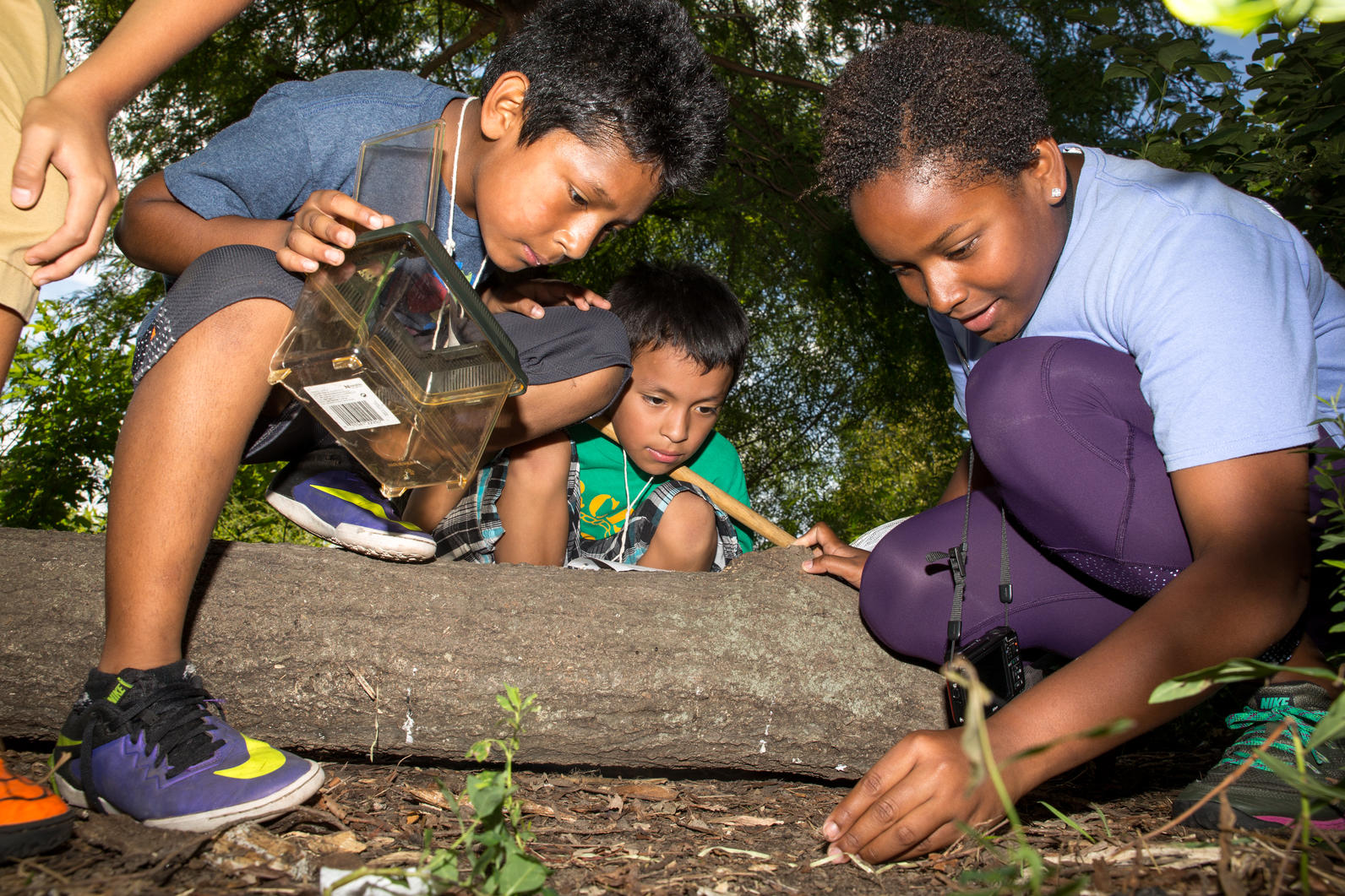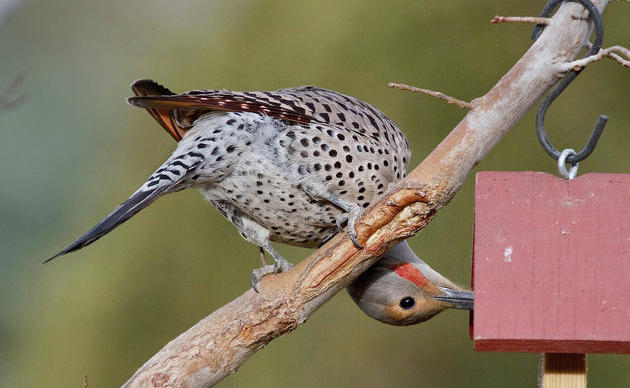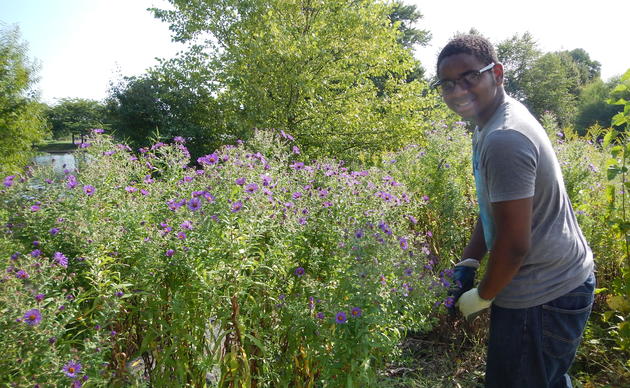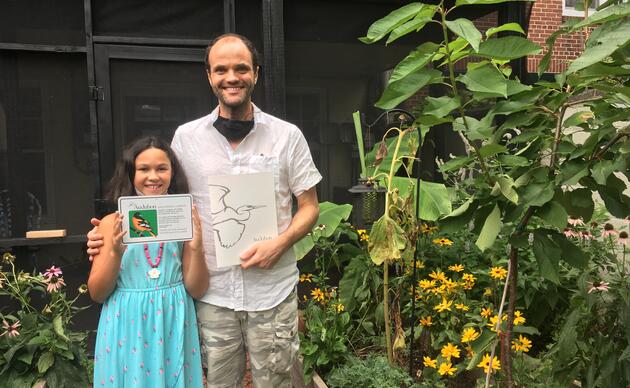Using these easy-to-learn apps, you can help your kids collect and submit REAL data as community scientists. While anyone can practice making scientific observations, this lesson is a little more advanced; so, we recommend it for kids in 2nd grade or older. You know your children best, so feel free to modify it to best meet them where they are. You don’t need to go far to make scientific observations, either. Your window, porch, yard, or if it’s safe, a quick walk around your neighborhood is all you need to find wildlife.
Scientists use data to study animal populations and develop conservation programs. Your kids’ data is REAL data! It can help inform scientists about where and what kind of conservation resources are needed most!
For example, for most of the 20th century, the only information about bird populations on a national scale came from the Christmas Bird Count (conducted on a single day per year), that provides a snapshot of bird populations for given locations. More recently, year-round bird monitoring projects such as eBird have begun to collect information that ornithologists (scientists who study birds) can use to track changes in the kinds, numbers, and locations of bird species throughout the year, as well as from one year to the next.
First, let your kids know how important community science is. Basically, scientists can’t be everywhere. So, people from all over the world can record data and send it in. As long as we work together, practice our skills, and make sure our data is accurate, we’ll be giving scientists new knowledge that they wouldn’t have without our help. You know your home habitat better than anyone! Scientists can use this data to protect plant and animal species and important habitat, which helps people too.
We’ll use two different apps to record and submit our data. You can use one or both.
- eBird is a global online database of bird records used by hundreds of thousands of people around the world. This free resource makes it easy to keep track of what birds you see, while making your data openly available for scientific research, education, and conservation.
- iNaturalist is one of the world’s most popular nature apps and helps you identify the plants and animals around you by connecting with a community of over 750,000 scientists and naturalists who can help you learn more about nature! By recording and sharing your observations, you’ll create quality data for scientists working to better understand and protect nature.
Bird ID basics
The more time you and your family can spend practicing these identification skills, the better your kids will become at finding and identifying birds in your area.
- First, ask your kids to make a list of birds they think they can identify. For each bird, ask how they know what bird it is. The goal is to generate a short list of features that your kids already use to distinguish birds, so that you can build on previous knowledge, as well as clear up misconceptions.
- Introduce the four basics of bird identification: Size & Shape, Color Pattern, Behavior, and Habitat. Kids can use these basics to start to learn how to recognize what group a mystery bird belongs to (example: sparrow), so they can eventually narrow it down to species (example: white-throated sparrow).
Examples of behavior include where it feeds, whether the bird is in a flock or by itself, and the shape in which it builds its nest. The ways in which birds fly also vary. Most birds fly in a straight line, flapping a constant rhythm, but certain bird groups have characteristic flight patterns that can help you identify them. The Bird Identification Chart may help you organize and vocalize these qualities.
eBird
Visit the eBird.org Solutions Page to learn how to enter your sightings, either using the eBird mobile app from your smart phone. A quick 4-minute video will give you a quick overview to get started. Or click here to learn how to enter your sightings on the eBird website.
Don’t worry too much about submitting inaccurate data! Improbable data are “flagged” by the system. Though it is unlikely, you may be asked to submit a photo or speak with a regional editor if you enter a rare species, or one that is unlikely to be seen in your area at the time. Don’t worry! This could be a great learning experience for your kids, as they will need to prove their observations are true, or learn from their mistakes!
If you don’t have your own bird field guide book at home, you can also download Merlin Bird ID, a free app that helps you identify birds by asking a few simple questions, and then revealing a list of birds that match your description and are expected in your area.
If your kids find a bird they don’t know, don’t fret! Ask your child to make their best sketch of the bird and note its prominent markings. You could print and bring along a few copies of the Bird Identification Chart so they can sketch unidentifiable birds on the spot. Then, they can look it up later. Next time they go out in the field, they’ll be prepared to ID that bird right away!
iNaturalist
Visit the iNaturalist Getting Started page to learn how to record “Observations” – these are encounters with an individual organism at a particular time and location. This includes encounters with signs of organisms! Like tracks, nests, or things that just died.
There are step-by-step instructions on how to make Observations on your iPhone, Android, or on the web. There are also several video demonstrations of how to add observations, take identifiable photos, and more.
The great part about iNaturalist is you do NOT need to be able to identify the species you encounter. If you submit a photo and/or sound, the iNaturalist app will attempt to identify it automatically, or other iNaturalist users can identify the species for you.

Both of these sites are a WEALTH of information for you and your family to explore. You can view data from other users all over the world, and also just within your neighborhood. You can use what your kids have learned and the questions they ask as a springboard for more authentic scientific inquiry. For example, while doing a bird count for eBird, they may wish to collect data about the temperature, precipitation, and other environmental factors that might affect the birds they’re seeing. They may begin to make predictions or draw conclusions based on what they observe. This is what science is all about! Let your kids guide their own next scientific project, and have fun!




